Fort Morgan's Historic Thanksgiving Remembered
News Staff • November 28, 2024
A look at Thanksgiving at Fort Morgan in 1912
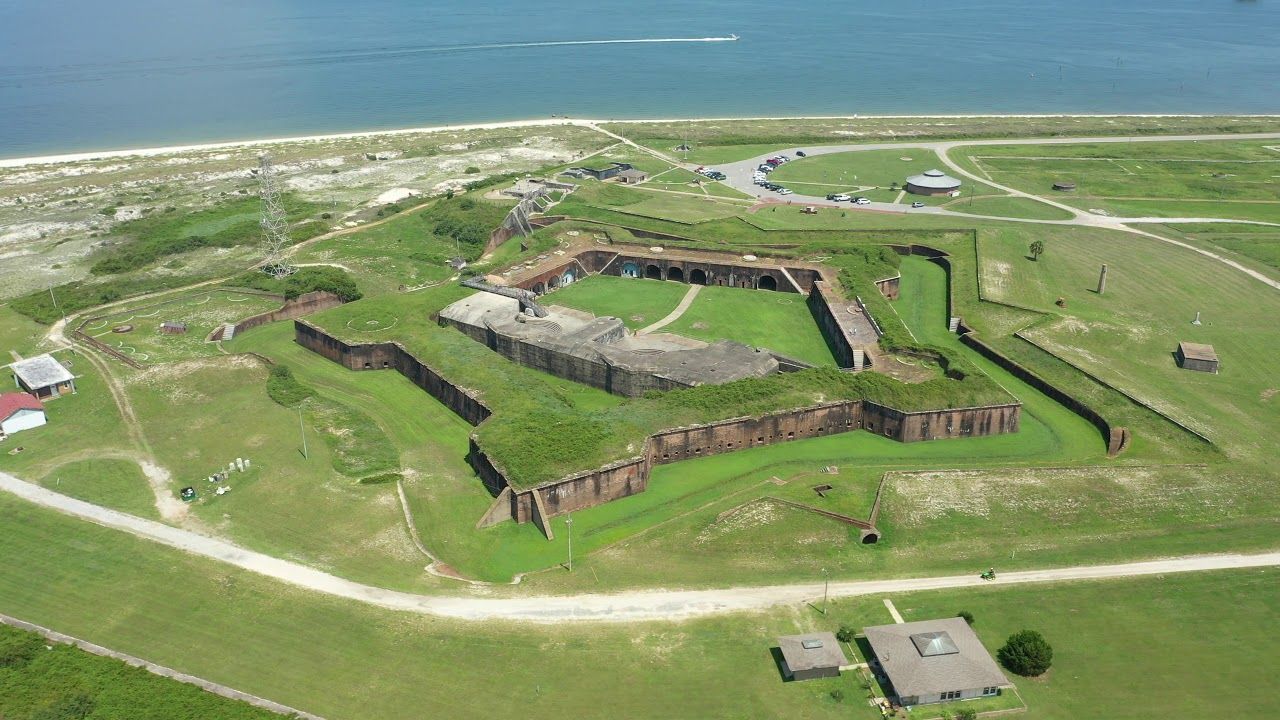
In 1912, while much of the nation gathered with loved ones for a cozy holiday feast, the soldiers stationed at Fort Morgan also celebrated Thanksgiving, though in quite different circumstances. Fort Morgan, a strategic military installation located at the mouth of Mobile Bay, has been home to various units over its long history, and 1912 was no exception. During that year, the fort was manned by several companies of the U.S. Coast Artillery, including a group responsible for managing a minelayer system to protect the vital waterways of Mobile Bay.
(See Menu Below)
Built in the early 1800s and named after Revolutionary War hero General Daniel Morgan, Fort Morgan played a key role in American military history. It served as a vital coastal defense site during the Civil War, most notably during the Battle of Mobile Bay in 1864, when Union forces led by Admiral David Farragut famously declared, “Damn the torpedoes, full speed ahead!” The fort later remained a critical defense post into the early 20th century, reflecting the evolving threats that the United States faced.
By 1912, Fort Morgan was primarily occupied by the U.S. Coast Artillery Corps, and its importance had shifted to the management of harbor defenses in the era before World War I. Maintaining a military outpost like Fort Morgan was a continuous duty, with soldiers remaining on watch year-round, ready to respond at a moment's notice to any threat. But this did not mean they were without traditions, and Thanksgiving was no exception.
The Thanksgiving feast of 1912 at Fort Morgan was an opportunity for the soldiers to gather together, share a meal, and bring some normalcy into their otherwise rigid and disciplined lives. A look at the menu printed for the 170th Company of the Coast Artillery Corps that year provides insight into how the holiday was celebrated on the coast. The menu featured a rich variety of dishes, many of which utilized local ingredients, emphasizing the connection between the soldiers and their surroundings.
The meal began with olives and sweet pickles, followed by oyster soup—an ode to the Gulf's abundant seafood. The main course consisted of roast turkey accompanied by oyster dressing, giblet gravy, and cranberry sauce. Sides included staples like mashed potatoes, celery, creamed peas, and candied sweet potatoes—a hearty, comforting combination to give the soldiers a taste of home. Dessert was an indulgent selection that featured English plum pudding with brandy sauce, coconut cream pie, mixed candies, and assorted nuts. To wash it all down, the soldiers were offered claret punch and cocoa, with cigars and cigarettes rounding out the feast.
This menu highlighted how the cooks took advantage of the local bounty, particularly the oysters harvested from nearby waters. Oysters were an integral part of the feast, showing the influence of the fort’s coastal location on its culinary traditions.
Thanksgiving at Fort Morgan in 1912 was not just a meal; it was a moment for the men stationed at this distant outpost to pause and celebrate camaraderie, to find a sense of community even in isolation. The fort may have been a place of serious military duty, but the Thanksgiving feast brought warmth and connection to those far from home. This brief but meaningful reprieve from their daily routines reflected the enduring spirit of the holiday—a spirit of gratitude, no matter the circumstances.
As Fort Morgan remained an active part of America’s coastal defenses, these celebrations were a vital reminder of humanity amidst military life. Fort Morgan last served as a military post during World War II and was officially decommissioned in 1946. Fort Morgan was declared a National Historic Landmark in 1960. It eventually became a historical attraction, offering visitors a glimpse into the past. Today, the remnants of Fort Morgan tell many stories of soldiers, battles, and quiet moments of normalcy like the Thanksgiving of 1912—an enduring tradition that brought a piece of home to the Gulf Coast’s storied fort.
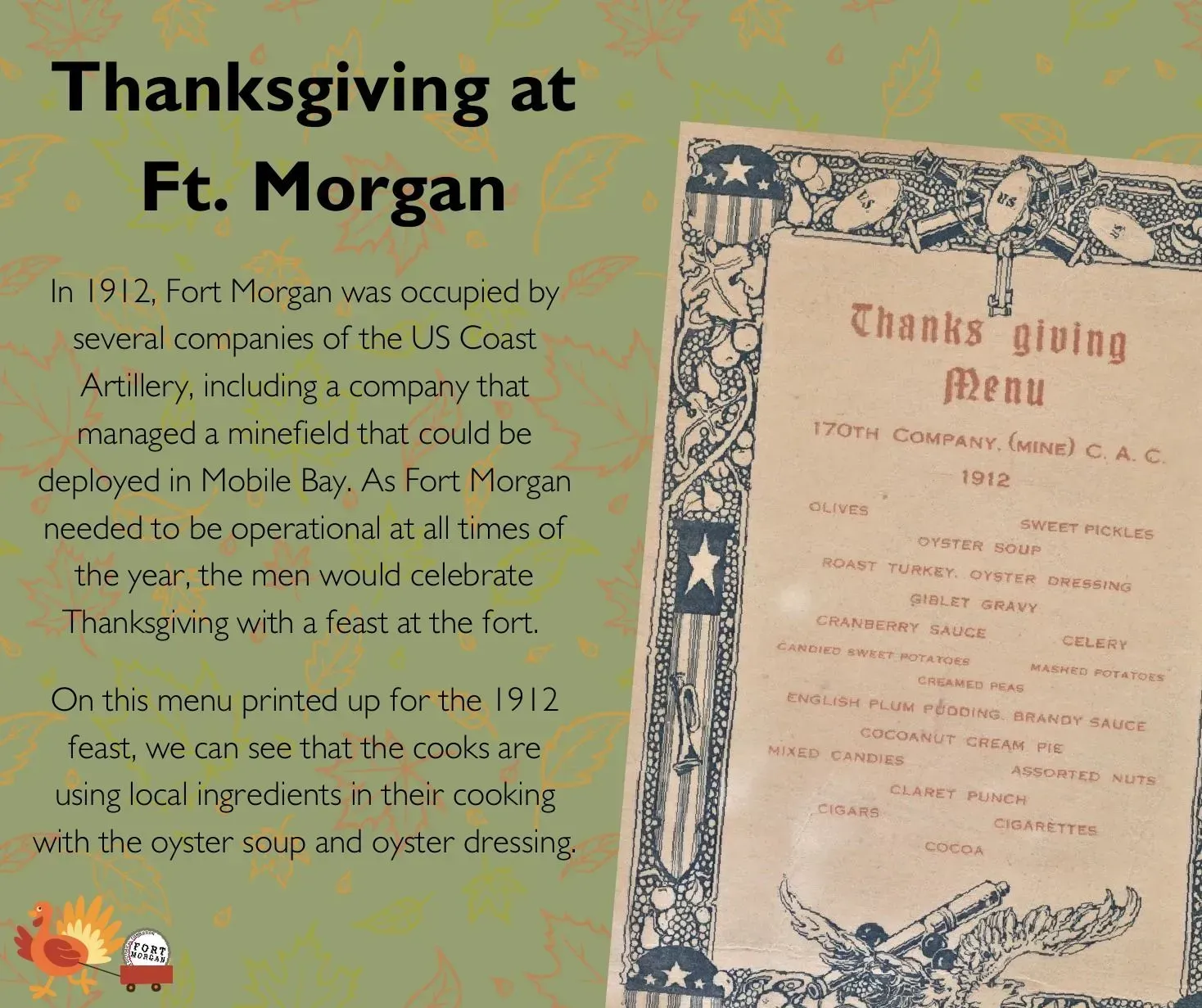
-
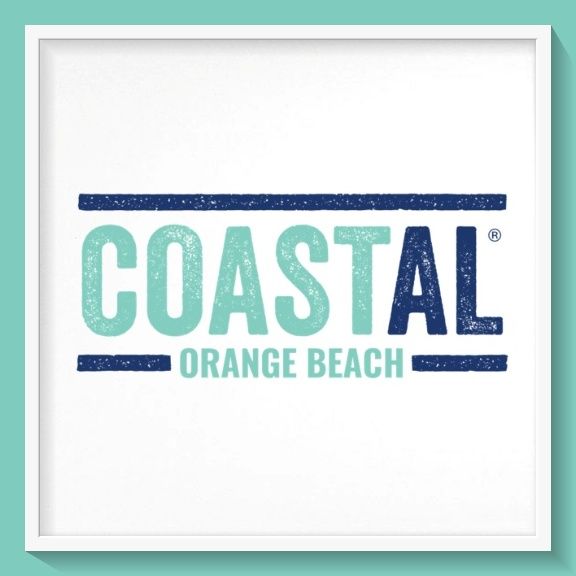
Slide title
Write your caption hereButton 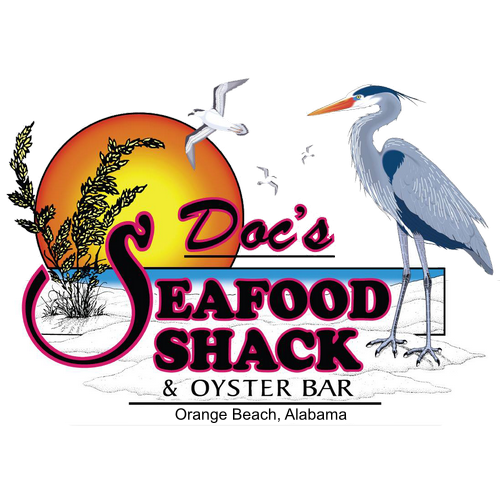
Slide title
Write your caption hereButton-
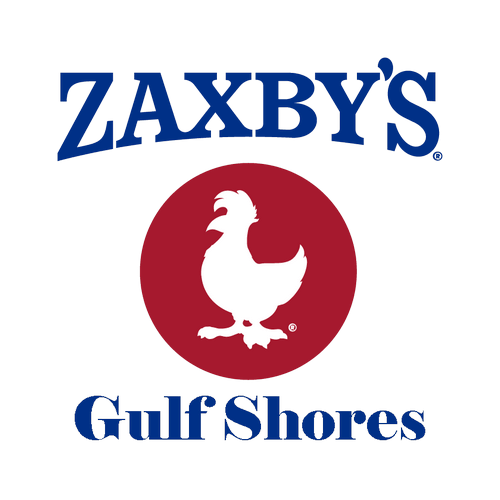
Slide title
Write your caption hereButton -

Slide title
Write your caption hereButton -

Slide title
Write your caption hereButton -
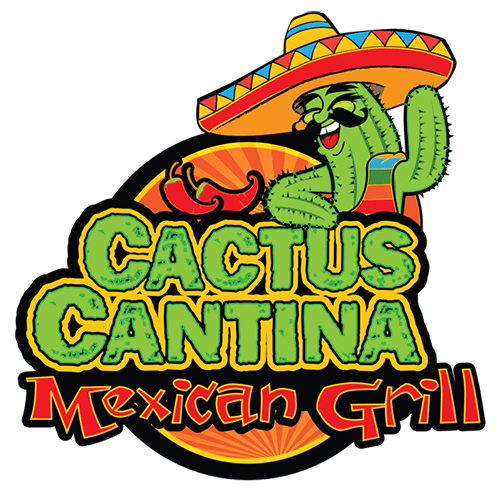
Slide title
Write your caption hereButton -
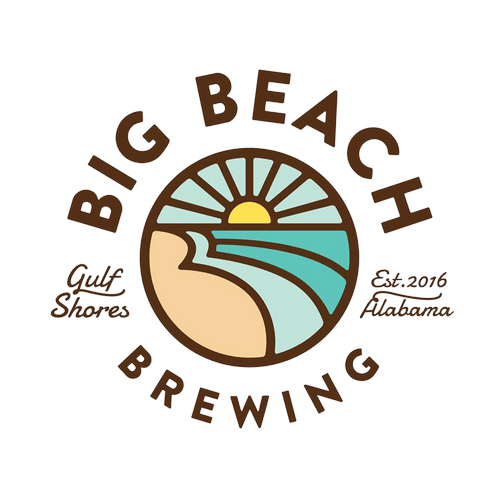
Slide title
Write your caption hereButton
-

Slide title
Write your caption hereButton -
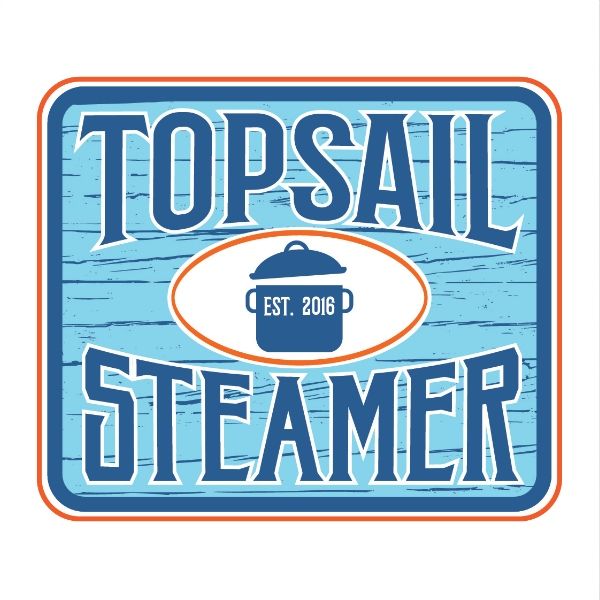
Slide title
Write your caption hereButton -

Slide title
Write your caption hereButton -
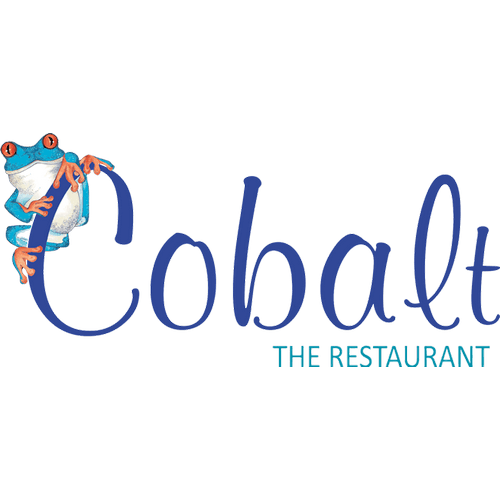
Slide title
Write your caption hereButton -
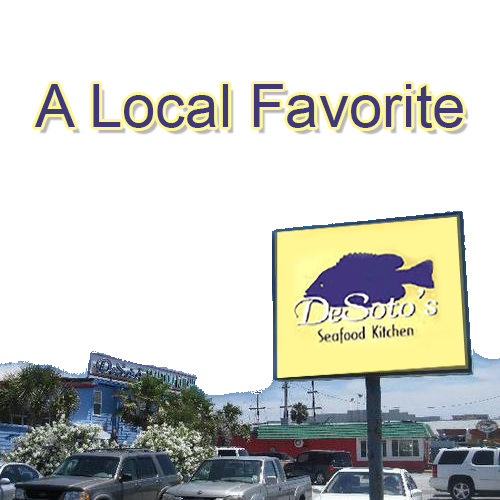
Slide title
Write your caption hereButton -
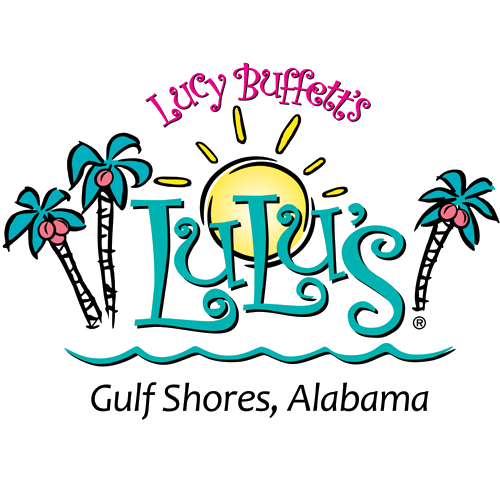
Slide title
Write your caption hereButton -

Slide title
Write your caption hereButton -
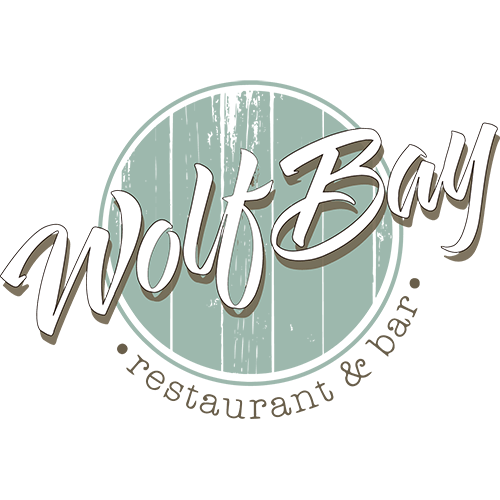
Slide title
Write your caption hereButton
-

Slide title
Write your caption hereButton -

Slide title
Write your caption hereButton -

Slide title
Write your caption hereButton -
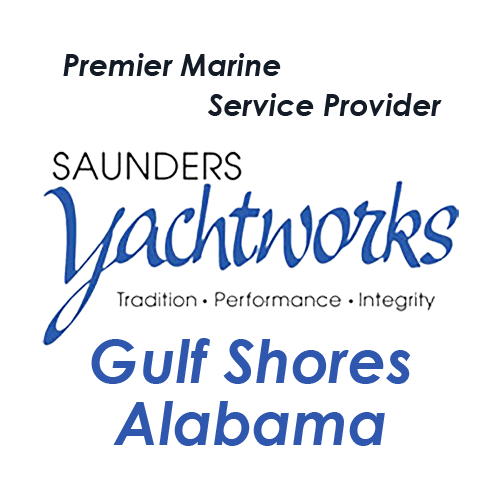
Slide title
Write your caption hereButton -
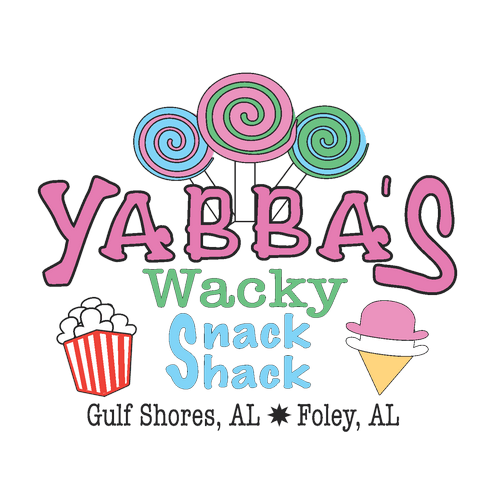
Slide title
Write your caption hereButton -
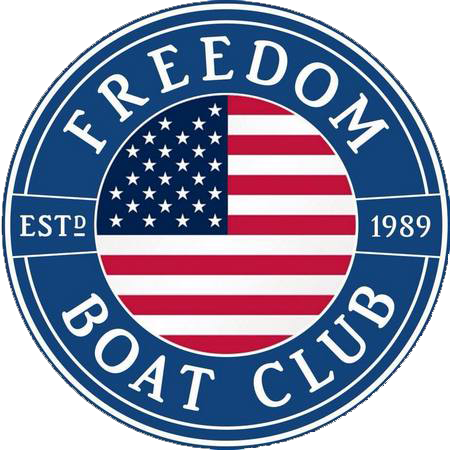
Slide title
Write your caption hereButton -

Slide title
Write your caption hereButton
Recent Posts

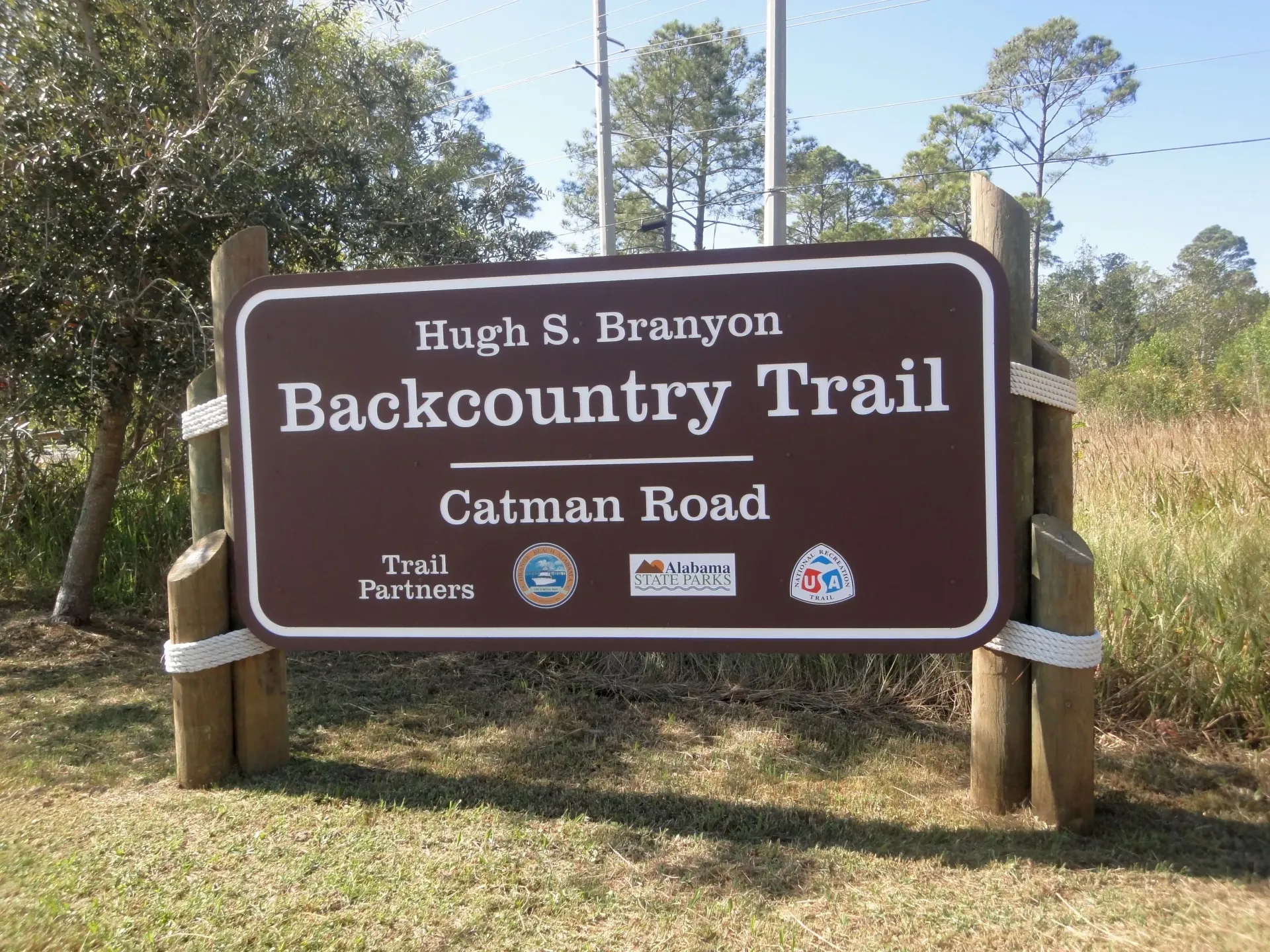

Subscribe to our
Newsletter
Our newsletter is focused on bringing you the latest in news, events and weather for the coastal Alabama area.
